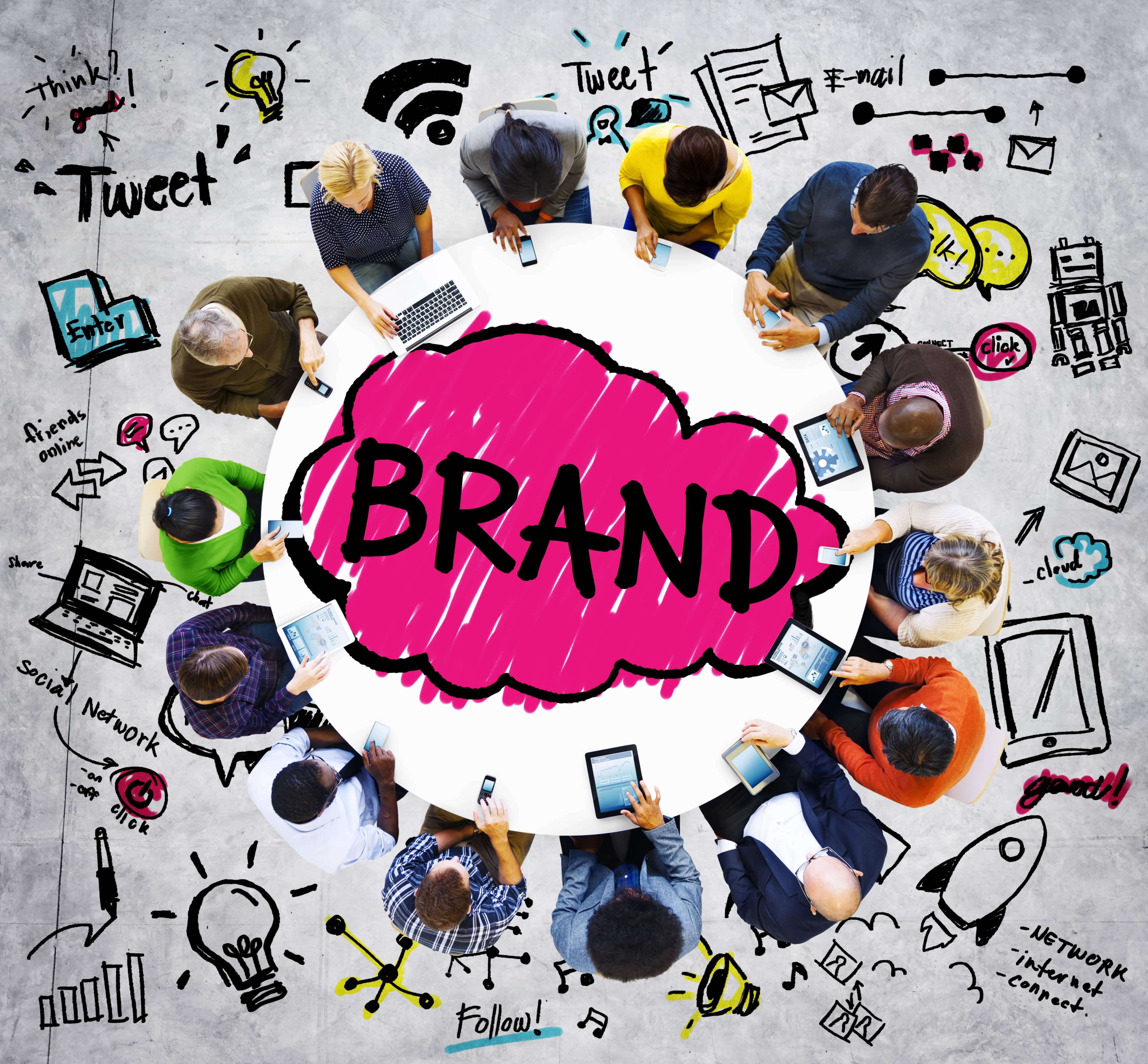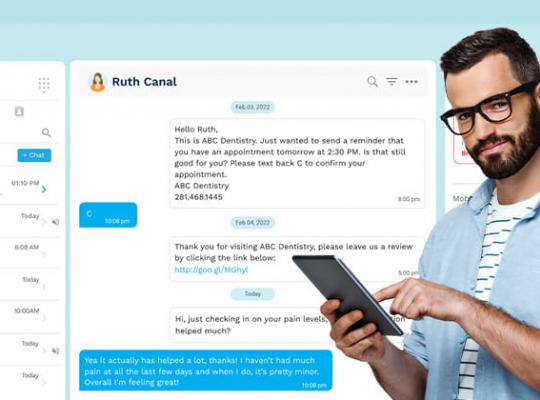Ends in
ends in 111 Days

ends in 111 Days

ends 11 July
The Psychology of Branding

Most businesses starting out don’t recognize the significance of branding in regard to marketing. Branding, to put it simply, is to give your service or product an identity; something that is recognizable to consumers and competitors. When you brand you are creating a symbol, name or design that differentiates you from the others in your industry.
Subliminal Messages
This is best done through subliminal messages while still using features of marketing that subconsciously impact consumers and potential customers. Most of the prominent and successful brands you see today use psychology to impact their consumers with effective marketing material.
This is achieved through using specific colors and images to distinguish their brand, promoting their services or products through promotional values, give-aways, and sales. This also heavily achieved through the use of a fabricated lifestyle framed around what they offer.
Creating a Desirable and Attainable Lifestyle
Knowing your target audience is essential to this aspect of marketing a lifestyle. The demographic plays a big role in how well your audience will respond to what you are promoting. There should be consistency within the message being sent to the target audience to plant a seed in their minds as well as create something that is memorable within their subconscious. The personal perception of the brand is the most integral part of a brand’s selling power. When you are able to create demand for a supply that isn’t necessarily essential, but deemed as desired or attractive, this is the driving force behind brands that have become household names. This is also what drives the bulk of their sales.
That’s when you know you have reached industry leadership. When the message of a brand is perceived as something that is easily assimilated into a consumer’s lifestyle, they begin to identify with the brand and become a repeat customer as a result. It is important that when showcasing a lifestyle, you fully grasp what is so appealing about it and get that across to your target audience.
You Get What You Give
Customer satisfaction can be defined as a consumer purchasing a product that fulfills his needs and the certain amount of expectation he has for the brand he is buying. When those needs and expectations are met, this in turn creates a demand for that brand as a result and the retention of a customer for that brand. If the business is perceived as having the ability to give something to the consumer then in turn the customer gives back by purchasing. This can transform into a term called brand loyalty. Brand loyalty exists only when a consumer has a high opinion towards a certain brand exhibited through the action of repurchasing.
This translates into a cycle of repeat consumption. By appealing to potential customers psychologically, you are giving your brand the power to impact the lives and actions of those interested in what you are offering. When you foster a good relationship with customers you are feeding the process of transformation and in turn gaining more customers as a result.
Quality Customer Service is Key
There are other qualities that help shape the big players you see today, one being good quality customer service. If a business has poor customer service, 89% of people have said they would not return no matter the quality of the product. Giving consumers the ability to feel important is significant to the buying process, you must cater to their needs as they will give you what you need in return.
There is also truth to consumers associating a certain brand with a particular service based on the persona or message that brand conveys. If a brand is depicted as luxurious or elite, the highest customer service and care is anticipated to match this image. If that is not the case, this can deeply influence a consumer’s perception of how legitimate or desirable this brand is to them and the general public. The opposite applies, if a brand has a customer service policy that matches the brand in question’s reputation, this can do a lot for the way the brand is received by those interested in purchasing products or services from the place of business.
Colors are a Must
Another prominent technique is using attractive ad imagery and ad copy to appeal to the target audience. The three key factors in marketing imagery are icons, type face (font), and a color palette. People associate a brand and their products or services on these features. Depending on the industry your business is in, it is important to capture the essence of what your ideal consumer would want through these factors and the image the product gives them. A study called Exciting “Red and Competent Blue” supports the idea that purchasing patterns are significantly prompted by colors due to their impact on brand perception. This translates to colors having a role in the way consumers define a brand’s persona. Based on their opinion of the brand and what it offers in terms of a persona to those wearing or using their products/services, they will deem it worthy of their purchase or not.
In plain English, to articulate that they must possess this product or use this service and if they don’t they are truly missing out on something living changing. Sounds dramatic, but that is the experience most people have with their favorite retail items and repeat services that have become habitual after a certain point of consumption.
Add Fuel to the Fire
By giving off the illusion of high-demand, you are not only perking the interest of a potential consumer, but also a sense of urgency that develops once they know they don’t have that item and seemingly so many others do. Popular demand is a great tool to use for purchasing growth.
From 4 systems to 1: How Adit helped Arnold Dentistry cut admin taskload by 75% Still think using multiple dental software systems is the norm? This case study takes you behind the scenes at Arnold Dentistry in Brandon, Florida, where one office...
Schedule a DemoBy having a quality product and understanding the mind of the ideal customer and your wider target audience, you are able to not only attract new buyers, but keep them coming back to your place of business and make a customer for life.
more about Adit?
Access a full suite of patient communication tools with Adit! Texting, payments, reviews, & scheduling in one place.
Schedule a DemoAfter spending 10 years helping dentists grow their practices, Ali witnessed the time and money dentists were wasting on outdated, fragmented technology that negatively impacted sustainable growth and the overall patient experience. So he developed Adit - a user-friendly SaaS platform that centralizes everything a practice needs to operate and simplifies the business of dentistry so doctors can get back to the medicine.
Get a $25 Gift Card when you take a demo
Schedule a Demo
Get a $50 Gift Card
when you take a demo
Looks like you're out of bounds!
Hey there! Your current location falls outside Adit's area of operation. If this is unexpected, try disabling your VPN and refresh your page. For further assistance or to book a live demo, connect with us at 832-225-8865.
December 22 Amazon Demo Promo
Terms and Conditions
Last Updated: December 22, 2025Offer ends December 25, 2025, and is limited to prospective customers who sign an annual agreement before December 31, 2025. Gift card will be emailed to the company owner or established representative within 4 weeks of signing the annual agreement. Offer may not be combined with any other offers and is limited to one (1) gift card per office. Offer is not available to current customers or to prospective customers or individuals that have participated in a Adit demo during the prior six (6) months. Recipient is responsible for all taxes and fees associated with receipt and/or use of the gift card as well as reporting the receipt of the gift card as required under applicable federal and state laws. Adit is not responsible for and will not replace the gift card if it is lost or damaged, is not used within any applicable timeframe, or is misused by the recipient. Adit is not responsible for any injury or damage to persons or property which may be caused, directly or indirectly, in whole or in part, from the recipient’s participation in the promotion or receipt or use of the gift card. Recipient agrees to indemnify, defend and hold harmless Adit from and against any and all claims, expenses, and liabilities (including reasonable attorney’s fees) arising out of or relating to a recipient’s participation in the promotion and/or recipient’s acceptance, use or misuse of the gift card. This offer is sponsored by Adit Communications, Inc. and is in no way sponsored, endorsed or administered by, or associated with Amazon.
Thank You!
We appreciate your interest! Adit AI will be calling you in the next few minutes!
Why Adit?
Cut your software bill by up to 60% when you merge everything your dental office needs to run under one roof.
Centralize Communications
- Phones & TeleMed
- Emails & eFax
- Texting & Reminders
- Call Tracking and more!
Streamline Operations
- Patient Forms
- Online Scheduling
- Payments
- Reviews and more!
Boost Production
- Performance Dashboards
- Morning Huddle
- Claims & Collections
- Patient Profiles
- Follow Up Lists
- Year Over Year Metrics
Acquire More Patients
- Digital Marketing
- Website Design
- SEO
- Google Ads
- Facebook Ads
Ends in

Sign up by filling out the form







